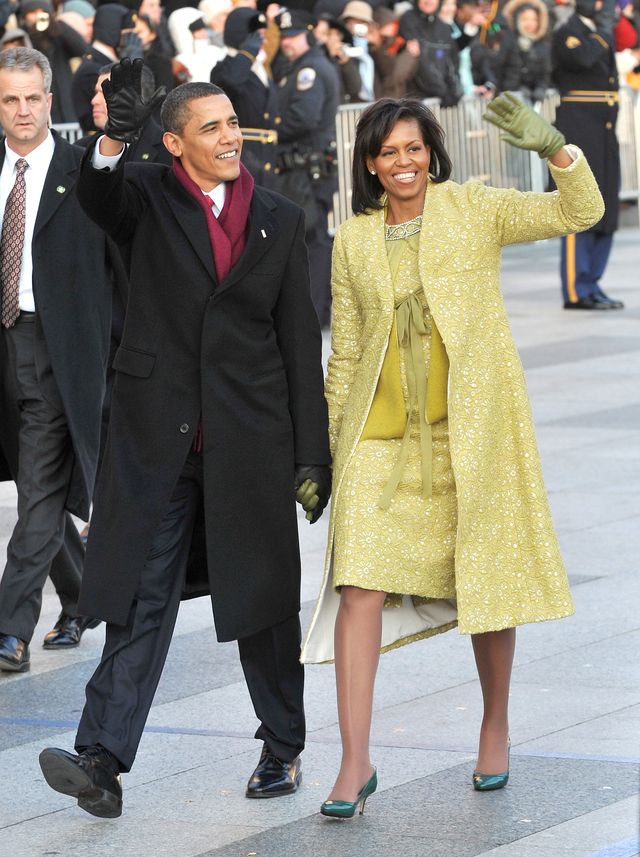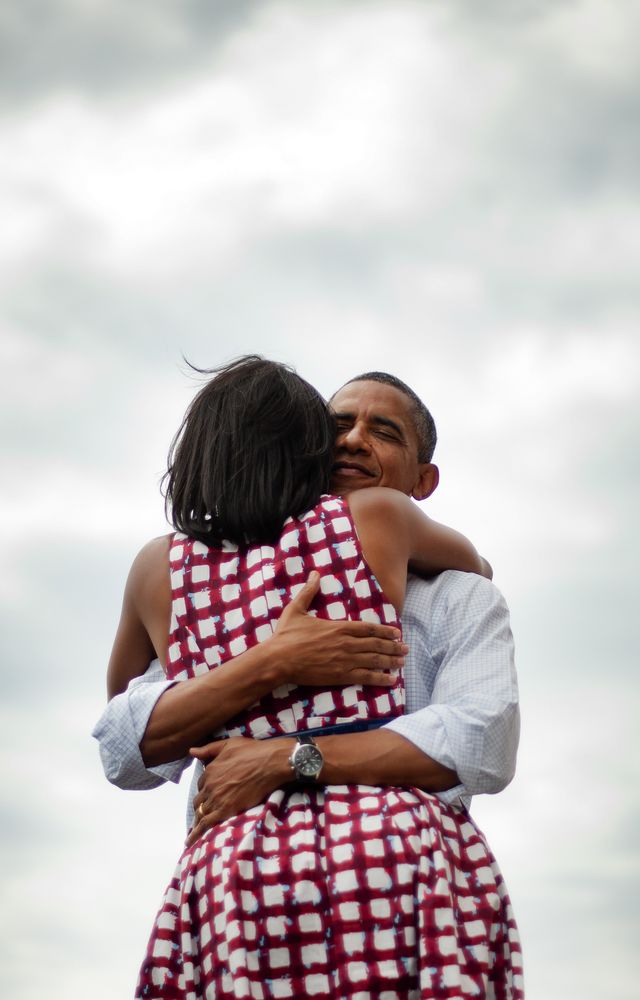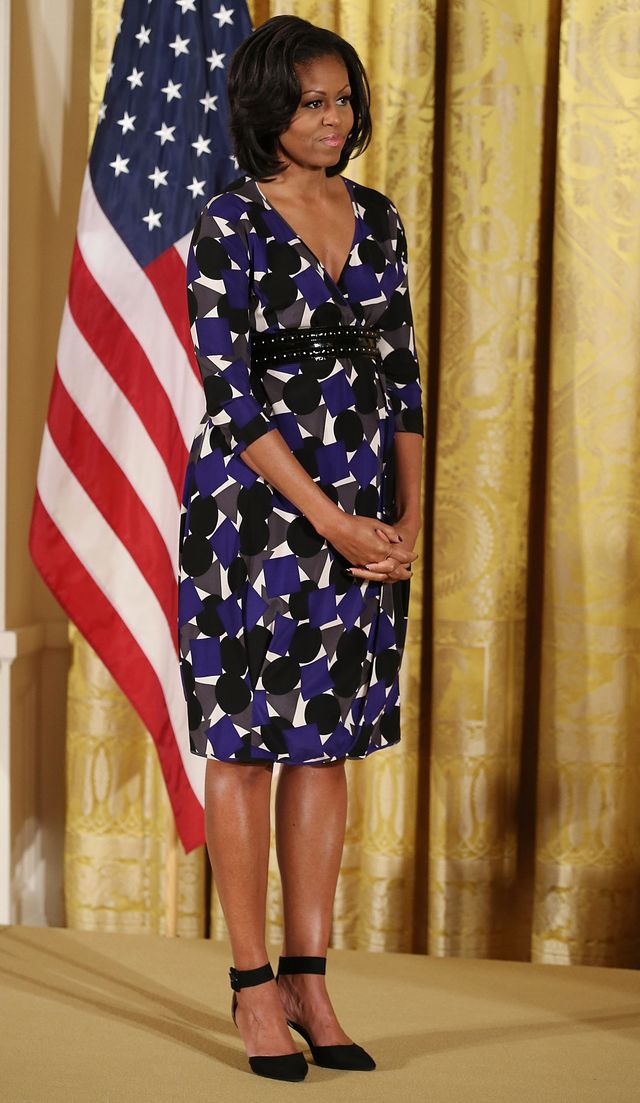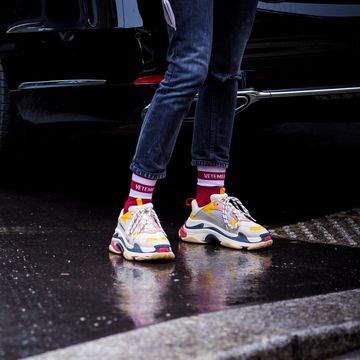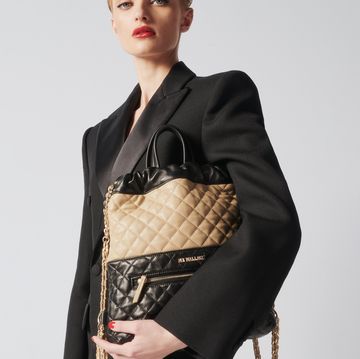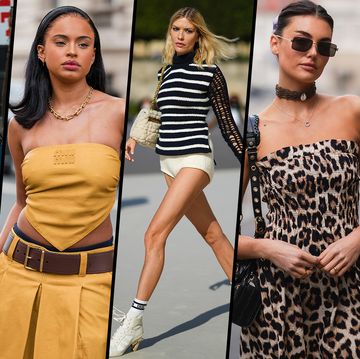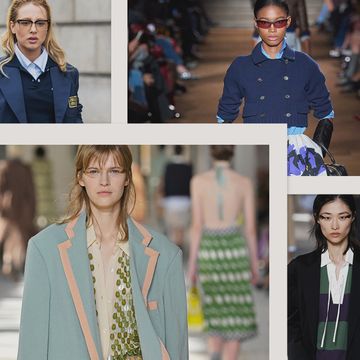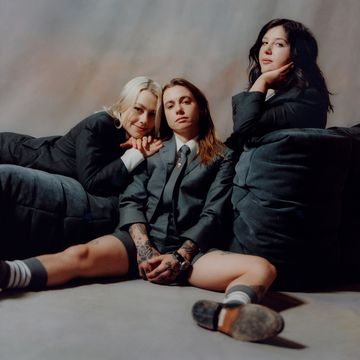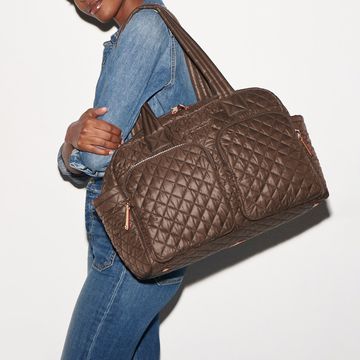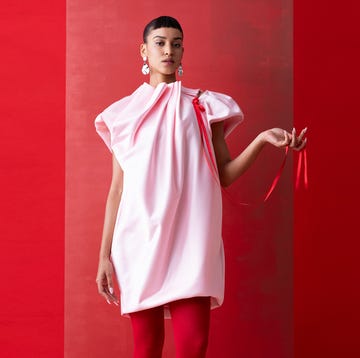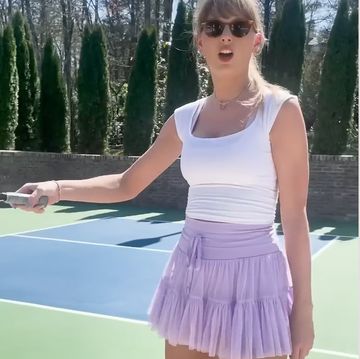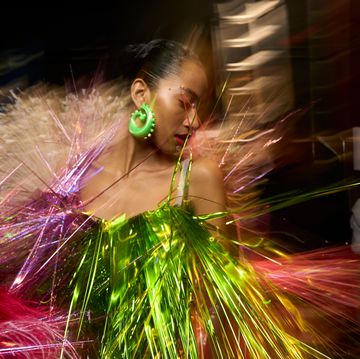Last week, Melania Trump boarded a plane in Maryland to visit a detention center in Texas housing migrant children who have been taken from their parents. When she ascended the stairs of the plane, she was wearing a cargo-style jacket that had the words "I REALLY DON'T CARE, DO YOU?" scrawled in all caps across the back.
The style choice was met with disbelief and roundly criticized for its flagrant lack of empathy. It was also notable for its affordable price tag: $39 from Zara. (It's no longer available on Zara's website.)
It marks the rare occasion in which the First Lady has worn affordable fashion. She tends to favor high end European designers like Dolce & Gabbana and Chanel, labels that are inaccessible for most Americans price-wise, and, notably, not American labels. During the campaign, she wore primarily European lines like Gucci, Roksanda Ilinčić, and Dior, despite her husband's platform of supporting both American brands and products made in America. Since assuming the role as First Lady, she's favored more of the same.
To wear affordable high-street fashion is a page right out of Michelle Obama's style book, only gone horribly wrong. (If you're keeping track, this is the second time Melania Trump has tried to copy Michelle Obama to disastrous effect.)
Who could forget in 2008, in her first appearance as First Lady-elect on the Tonight Show, when Michelle wore head-to-toe J.Crew—a $148 pencil skirt, a $148 tank top, and a $118 cardigan. In the week that followed, J.Crew's stock price climbed 25 percent in three days.
Then again, on the day of her first inauguration, she wore J.Crew leather gloves that every woman in America could buy at the mall that very afternoon if they so chose. After centuries of clothes most of us could never dream of even touching, those $88 gloves were a pale avocado bolt of authenticity and accessibility.
In her time in office, Obama supported a cache of primarily American designers—Jason Wu, Michael Kors, Prabal Gurung, Tracy Reese, Zac Posen, Vera Wang, the list goes on. Often those designers were people of color. Often those designers were first or second generation Americans. The labels benefitted instantly from the name recognition Obama gave them.
But Michelle Obama wore fast fashion, too. In 2011, she wore a $35 H&M dress on the Today show. She wore a $95 ASOS dress on the campaign trail in 2012.
She even wore Zara—a pair of $50 pumps to an awards ceremony for the President's Committee on the Arts and the Humanities in 2012.
But when Michelle Obama wore fast fashion, she did it mindfully, purposefully, and for a reason. Namely: Because those are the brands most of the women in this country can afford.
Melania Trump's wardrobe has been divisive since before her husband was even elected. And then, this, a decision that's hard to fathom.
Maybe she'd read one too many headlines criticizing her custom, bespoke, and designer wardrobe. She'd been criticized less than a year ago for wearing python Manolo Blahnik stilettos while visiting the victims of Hurricane Harvey. One can imagine this coat feeling more utilitarian, more democratic, and more appropriate. If, that is, it weren't for those fighting words. Melania took brash words—marketed for an angry teenage consumer, no doubt—and magnified them on the world stage. (It's also worth noting that it's not the first time this year that a statement piece from a fast fashion brand became politicized. We live in a time where it pays to be mindful, even about a t-shirt or a jacket. She knows this.)
Melania has told us that she chooses what she wears on purpose. That she stands behind that messaging or is too unfeeling to see it as offensive—notably, she wore the jacket twice, even after the public outcry—is almost too stultifying to comprehend. But perhaps it shouldn't be.


